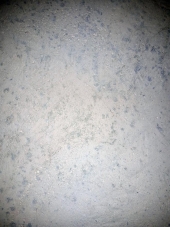

























If I am not for myself, who will be for me?
If I am only for myself, what am I?
If not now, when?




One thing was that whilst the literature recommended boiled flax oil I could not always get this and often used raw flax oil.




Jay C. White Cloud wrote:
I can probably claim with about 90% assurity this is your "food" for the mold mycelium. You cannot really use raw flax oil in this application. Even though it is a drying oil (unlike other types of oil) it is a food source for mold unless treated or dealt with in other ways.








Jay C. White Cloud wrote:
Flax oil is an autoxidize in that oxygen is the primary catalyst, while the UV radiation can also accelerate the formation of peroxides and hydroperoxides...from the fatty acids?
 1
1




 1
1
















"If you want to save the environment, build a city worth living in." - Wendell Berry









"If you want to save the environment, build a city worth living in." - Wendell Berry
 1
1




 1
1








Jay C. White Cloud wrote:Hi Paul,
I am guessing that you did not add salts or use a flax oil with a mould inhibitor or UV. stabilizer? These can greatly decrease the issue as well (or just plane stop it.) The addition of borax, or borax wash may also help you get this under control.
j

|
It is no measure of health to be well adjusted to a profoundly sick society. -Krishnamurti Tiny ad:
The new kickstarter is now live!
https://www.kickstarter.com/projects/paulwheaton/garden-cards
|





